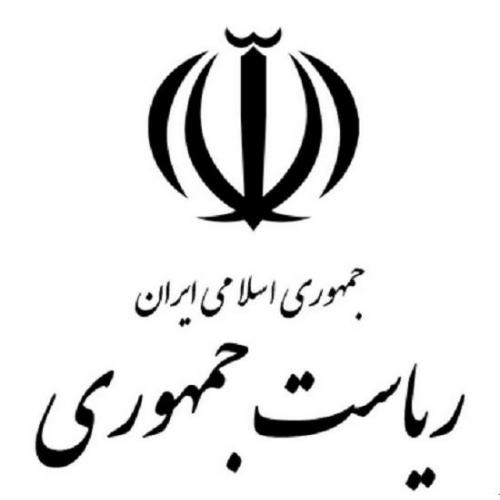
-
بررسی آییننامهها و دستورالعملهای برنامه هفتم پیشرفت
-
بررسی عوامل موثر بر افزایش تصادفات و تلفات جادهای و سوانح رانندگی و دادهکاوی تلفات انسانی
-
سازماندهی و بازآرایی فضایی آموزش عالی کشور
-
به روز رسانی سند ملی آمایش سرزمین
-
انجام مطالعات مناطق آزاد به عنوان نواحی پیشران اقتصادی کشور
-
اصلاح ساختار بودجه و پیاده سازی نظام یکپارچه مدیریت اطلاعات مالی دولت (IFMIS)

The various dimensions of economic, social, cultural, and environmental factors are essential for achieving sustainable development. Regional imbalances, inequalities, and significant challenges in the development process can arise from focusing only on economic growth in specific regions within a country. Hence, the distribution of economic activities across a territory should consider not only efficiency and economic advantage in different regions, but also other considerations and fundamental principles of spatial development. This study has developed a conceptual framework for determining the distribution of economic activities across a territory. The conceptual framework consists of three main stages. The first stage is to identify the main economic activities at the national and regional levels (i.e., each province) based on economic characteristics such as net exports, net tax, and the strength of inter-sectoral and intra- and inter-regional linkages. Moreover, this stage estimates the employment and ecological (including water, energy, and carbon emissions) footprints of economic activities for each province. The second stage is to identify other influential factors on the distribution of economic activities, such as industrial development, technological progress, national spatial development strategies, and considerations of security, defense, and passive defense. The third stage of the conceptual framework is to score and prioritize all main economic activities that have a significant impact at the national and provincial levels based on economic, environmental, and technological indicators that are obtained from the second stage. This stage identifies the economic activities in the vision of 2045 at the national and provincial levels. Using the results obtained, this stage also draws complementary and collaborative networks of economic activities in the vision of 2045. This can lead to the specialization of economic activities in a region and increase economic diversity in the entire country’s economy and create positive external effects that will improve the level of regional innovation and production technology. In other words, the specialization or diversification of economic activities leads to the formation of a functional network of economic activities and increases the country’s competitiveness in the world economy.



